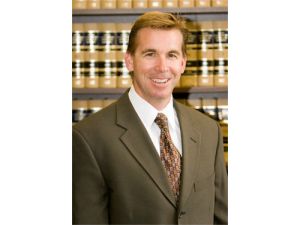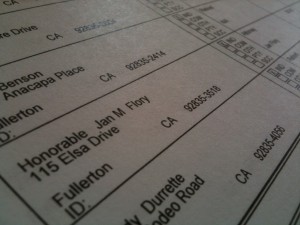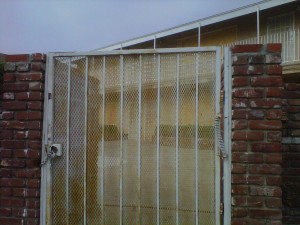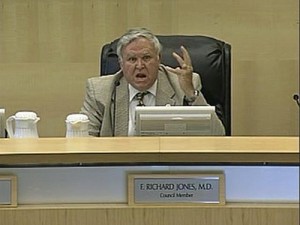In 1974 the various Redevelopment project areas were created in Fullerton, including the area that includes the downtown.
This was at the very tail end of the urban renewal era of social engineering that gutted old neighborhoods and districts across the land only to see the creation of bureaucrat-planned ghost towns and vast housing projects that nobody wanted to live in.
Although the downtown area was pretty much left to its own devices in the 70s, the 80s saw a new and noxious interest in re-inventing the area according to the whims of the Redevelopment manager and whatever cookie-cutter standardization idiocy was emanating from central planning workshops. Anybody remember the embarrassing concrete trestles?
True, the old businesses were leaving, put out of business by a new Mall culture. But what was the cure? Specialty retail, standardized street furniture, stamped concrete paving, design guidelines, and a plethora of silliness whose only aim seemed to be to create a roofless mall (an obviously pointless goal) – and provide employment for the Redevelopment manager. Hideous trees were planted that destroyed the sidewalks and on-street parking was removed, spelling final doom for what was left of the downtown businesses, but it was all part of the Master Plan, see? And new Master Plans kept being spit out every five years or so.
And while the City professed an interest in historic preservation, and even took credit for it, historic buildings kept disappearing – either completely or under a wall of brick veneer.
Things weren’t working. A ban on churches and pawn shops and junk yards couldn’t alter the fact that the low rents were pulling in businesses that weren’t “specialty retail.” They were mom and pop second hand stores masquerading as “antique” this and “vintage” that.
Ah! Much had been accomplished, but more work needed to be done. Job security for life!
The FFFF pages are strewn with the ugly history of the late eighties and the nineties when an unaccountable city staff engaged in boondoggle after boondoggle with a complaisant council going along every step of the way, and always taking credit for “revitalizing” downtown Fullerton.
Much had been accomplished, but clearly more work needed to be done.
Huge apartment blocks were approved, giving away millions in profits to favored developers through entitlements and grants. City streets were handed out like Monopoly deeds. The hope was that a captive residential audience would have to patronize downtown business. Synergy was the watchword of the day!
Much had been accomplished, but clearly more work needed to be done.
A new phenomenon was beginning to emerge in the late 90s. The subsidized restaurant. And a new booze culture was coalescing. Was it policy or accident? Who can say now. But what is inescapable is that for more than a decade the City’s actions and lack of actions had demonstrable effects. And the effects weren’t salutory. The restaurants morphed into bars and the bars morphed into bootleg night clubs and dance halls. The latter weren’t shut down; they were permitted. And then they were subsidized by the taxpayers with free fire water lines.
Every night the downtown area was filling up with drunken out of towners; fights, rapes, a murder. The City Manager wrung his hands. The downtown area was costing over a million dollars a year more to manage than it was bringing in in revenue.
Much had been accomplished, but clearly more work needed to be done.
In the 2000s the merry chase for revitalization continued apace with lustful Redevelopment eyes alighting on a vast Fox Theater project, cynically calculated to leverage popular interest in the Fox Theater. Aha! The anchor project that would make all the other pieces fall into place: success was at hand! Sure, we could move the McDonald’s a couple hundred feet. Six million? No problem! Environmental impacts? No big deal.
Then there is the Amerige Court monster. Aha! The anchor project that would make all the other pieces fall into place: success was at hand! Environmental impacts? No big deal.
And now Redevelopment in downtown Fullerton is 36 years old. Let’s put this in perspective: Fullerton was founded in 1886. And that means for 30% of its life span downtown Fullerton has had Redevelopment. And in 2010 the very sort of business that redevelopment bureaucrats find abhorrent starts up in the very heart of Redevelopment territory. See the irony yet? I do. It’s not about sex, it’s about failure. Oh, well.
Much has been accomplished, but clearly more work needs to be done.














